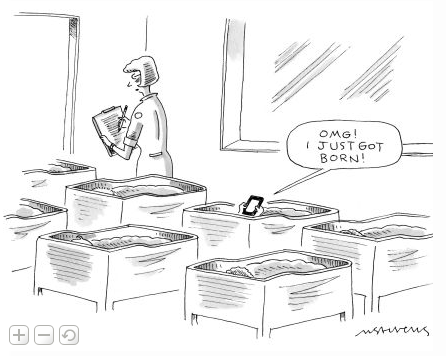Below is our budget presentation I made today to the County Commissioners.
When the New Year hit, it dawned on me that I have been with the Allegany County Library System for 10 years.
WOW! Who would have figured I would have lasted that long? I have been very fortunate to work with great staff and a great Board of Library Trustees.
I have also been very lucky to work with a great set of County Commissioners. I say lucky because every chance you had, you made your commitment to local libraries visible with your funding decisions.

Every year, when you were able, you invested in your community by increasing your allocation to the public libraries.
The reality is that we have all been struggling in the past 2 years with the national recession. That is clear if you look at the allocations in the last 3 years and the flat part of graph. But now take a look at what your investments have yielded.
The chart shows that the number of items checked out has risen each year in the last decade.
And if you take a look at Chart #3 you will see that it is it’s not just computer usage and the internet; we are seeing increases in every category of what we offer. We are busier than ever.
But the great part is while you were last able to able increase your investment in local libraries in FY 2007. It is still yielding results.
Despite the flat funding years, usage is still going up.
I am not suggesting that we can continue to make improvements or see increases with permanent flat funding, but we have managed to improve and deliver in ever more stressful budget times.
While we are currently in the midst of a serious economic downturn, I remain optimistic about the region and the library system. We are working to stretch our resources, to minimize any disruptions to library service, and maintain core library functions, positions, and benefits. We are taking this time to reinforce and revaluate the many processes and operations that take place behind the scene to deliver superior library service. The goal is that by the time the economy recovers, we will be able to take greater strides in services and resources thanks to our ongoing analysis.
Let me touch on how fortunate the community has been as it relates to your commitment to Library capital projects. We have for the most part, beautiful, welcoming library buildings. With your significant help, we have opened a new Frostburg Library, opened a new George’s Creek Regional Library, renovated the Washington Street Library, and most recently renovated the Westernport Library. Which I modestly say, won the Maryland Interior Design Award of the Year for commercial property last year.
So over the last decade we have made tremendous progress together, and what we are asking, is to just keep it going. I am confident that the recession will end and I remain excited by what we can do down the road if we maintain flat funding this year and look at increases when the economic picture allows.
You will see a small increase in our local request so that we may honor a request by the Allconet partners to access Federal E-Rate funding to sustain the network. We are happy to serve as a pass through agency to access those funds for Allconet.
So our request for FY 2011 is $918,500, $905,000 is to keep the doors open and $13,500 is to serve as a pass through agency to access federal funds to maintain the Allconet network.
Thank you again for your support.
 April is Financial Literacy Month, as we've told you before. Consider observing the occasion by spending some time each day working through the 30 tips to financial wellness provided by credit counselors Money Management International on its Financial Literacy Month Web site, our Consumer Web Site of the Week.
April is Financial Literacy Month, as we've told you before. Consider observing the occasion by spending some time each day working through the 30 tips to financial wellness provided by credit counselors Money Management International on its Financial Literacy Month Web site, our Consumer Web Site of the Week.








 Alice in Wonderland has been a part of pop culture long before Tim Burton gave it his quirky touch. How many times have you heard someone's smile described as a "Cheshire Cat grin" or used the expression "I fell down a rabbit hole" to explain getting lost? As Burton's Alice enjoys a blockbuster opening, we look back at a few other film interpretations of the Lewis Carroll classic. P.S. Has this tale ever been just for kids?
Alice in Wonderland has been a part of pop culture long before Tim Burton gave it his quirky touch. How many times have you heard someone's smile described as a "Cheshire Cat grin" or used the expression "I fell down a rabbit hole" to explain getting lost? As Burton's Alice enjoys a blockbuster opening, we look back at a few other film interpretations of the Lewis Carroll classic. P.S. Has this tale ever been just for kids? Alice in Wonderland (1985)
Alice in Wonderland (1985)

